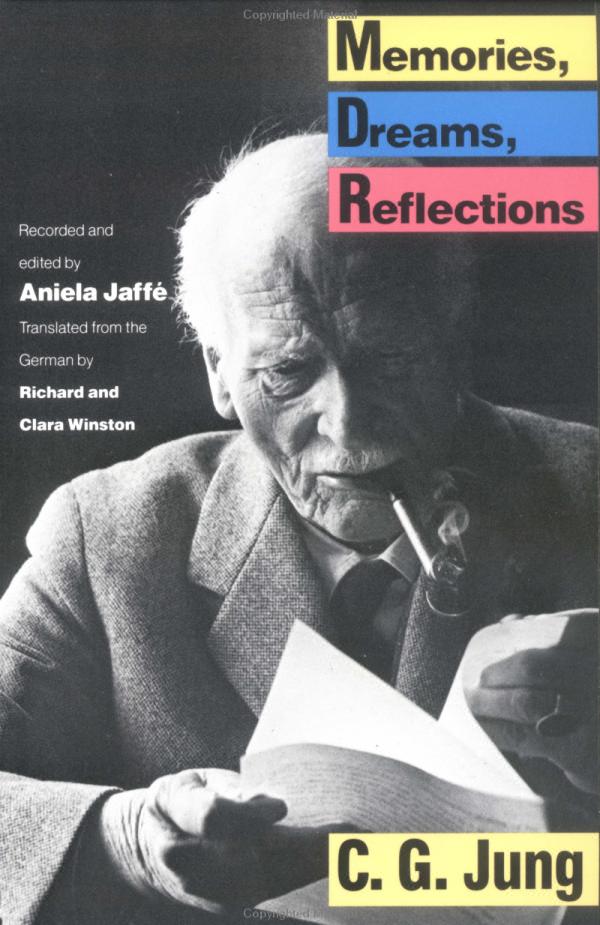
Paul Klee, 1879-1940
Book Description
Vivid colors collide and emotions explode in the striking world of Paul Klee, where each brushstroke whispers secrets of an artist who dared to redefine perception. From whimsical landscapes to electrifying forms, every painting is a portal to his soul, reflecting the turbulence of a Europe on the brink of chaos. Klee’s journey through the avant-garde is interwoven with profound insights that challenge reality itself. As the lines between abstraction and representation blur, viewers are left with a burning question: What lies beneath the surface of creativity, and how far can art push the boundaries of imagination?
Quick Book Summary
"Paul Klee, 1879-1940" is an in-depth exploration of the life and work of Paul Klee, a pioneering figure in modern art. The book delves into Klee's inventive techniques, vibrant use of color, and philosophical approach to artmaking during a time of profound social and political upheaval in Europe. It traces his evolution from student to influential teacher at the Bauhaus, highlighting how his whimsical imagination redefined visual language. Through analysis of his paintings and personal writings, readers gain insight into his complex worldview, which fused abstraction with symbolism and emotional resonance. Klee's story is one of relentless curiosity and innovation, leaving an indelible mark on the trajectory of twentieth-century art.
Summary of Key Ideas
Table of Contents
Art as Language and Symbolism
Paul Klee emerged as a unique voice in European art at the turn of the twentieth century. Initially influenced by Symbolism and Expressionism, he developed a visual vocabulary rich in enigmatic signs, playful figures, and fantastical landscapes. Klee’s art became a language of its own—one that combined intuitive mark-making with underlying philosophical intent. Through his journals and lectures, Klee articulated deep thoughts on the nature of creativity, the subconscious, and the role of the artist as both observer and creator of worlds.
Experimentation with Color and Form
Central to Klee’s work was his bold and innovative use of color. Treating each hue as an expressive tool, he orchestrated chromatic experiments that conveyed moods and psychological states. Klee’s color theory was informed by a scientific curiosity and a poetic sensibility, blending influences from his travels—especially a transformative trip to Tunisia—with the avant-garde theories of his contemporaries. The interplay of color and geometric forms became his signature, exemplifying the push toward abstraction while retaining a lyrical sensitivity.
Influence of Historical Turmoil
Klee’s career unfolded amid significant historical upheavals. The shadow of World War I, the political instability of the Weimar Republic, and the rise of Nazism all impacted his life and artistic output. His art responded to these crises with both escapist whimsy and subtle commentary, reflecting anxiety and hope in equal measure. When labeled as "degenerate" by the Nazis, Klee fled Germany for Switzerland, channeling his sense of displacement and estrangement into increasingly introspective and experimental works.
Education and the Bauhaus Legacy
A transformative period in Klee’s life was spent teaching at the Bauhaus, a hub of radical design and theory. Here, he influenced a generation of artists through his innovative pedagogy, encouraging experimentation and interdisciplinary thinking. Klee’s teachings emphasized art’s structural underpinnings and the importance of observation. His analytical yet poetic approach to visual education had a lasting influence on modern art, fostering exploration beyond conventional boundaries.
The Fusion of Abstraction and Representation
In every painting, Klee blurred the boundaries between abstraction and representation. His works invite viewers to decipher signs and symbols, embracing ambiguity as a pathway to emotional resonance. For Klee, the visible world was just one layer of reality—his art sought to reveal unseen forces, dreams, and subconscious visions. Ultimately, Klee’s legacy is defined by his persistent questioning, creative courage, and the timeless invitation for audiences to look deeper beneath the surface of art and perception.
Download This Summary
Get a free PDF of this summary instantly — no email required.





